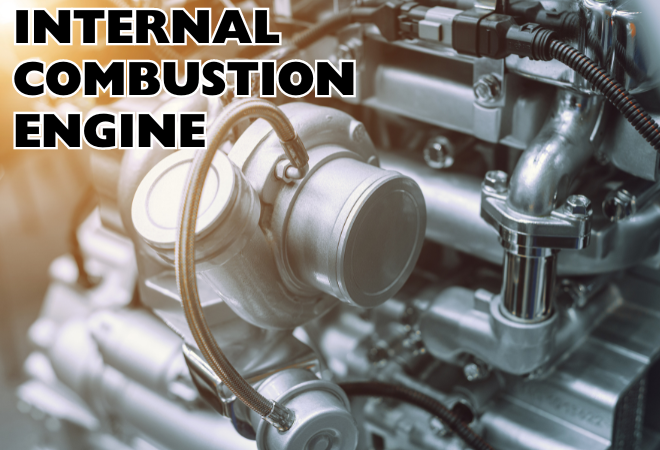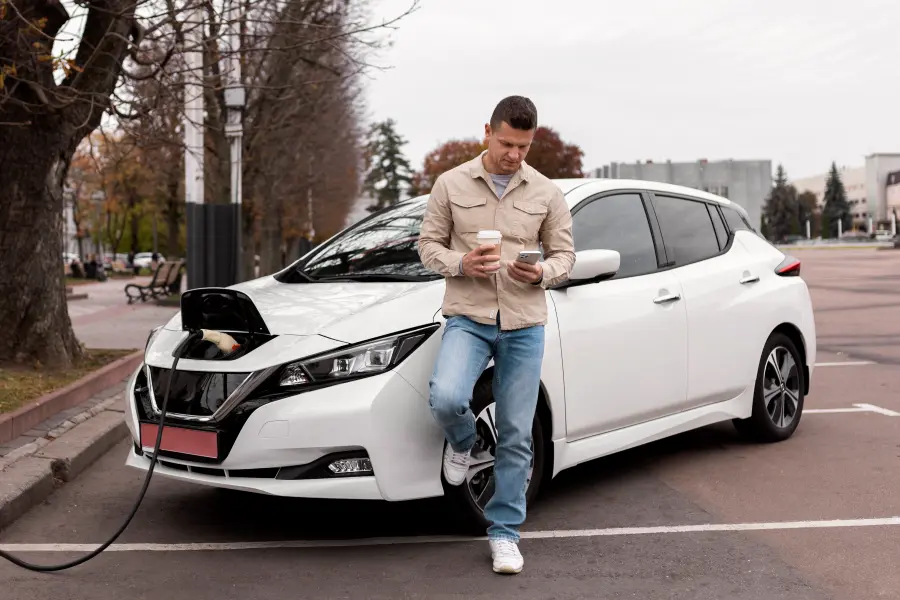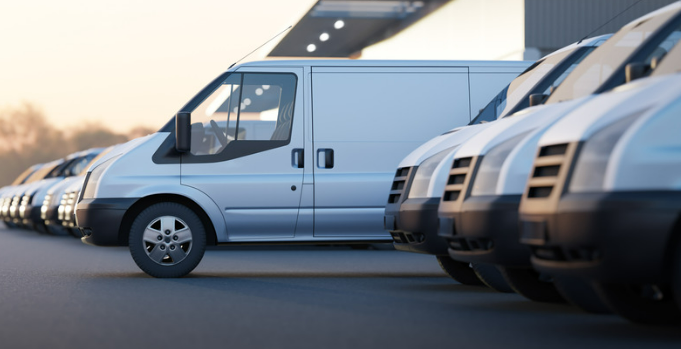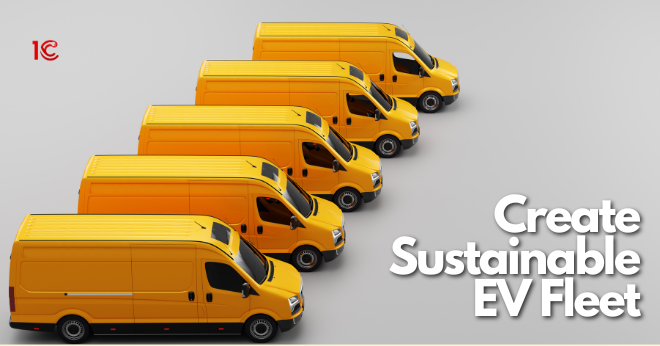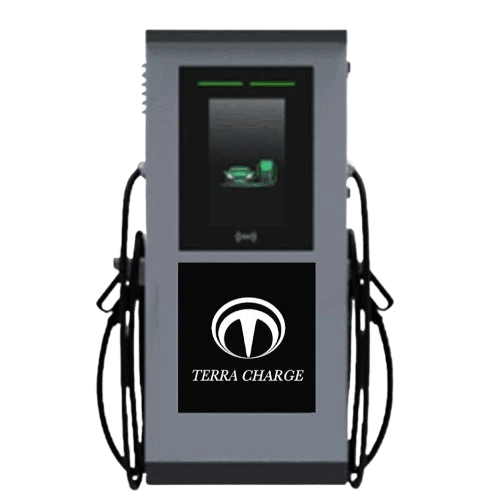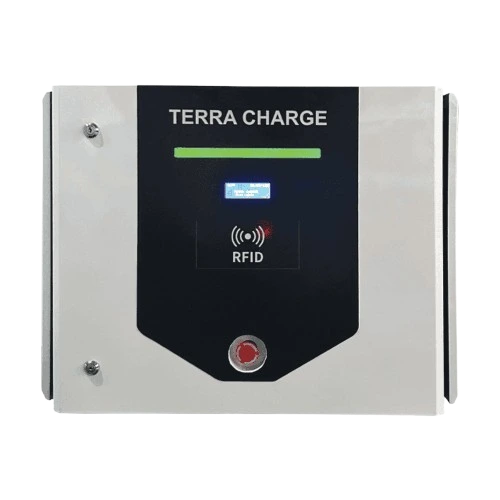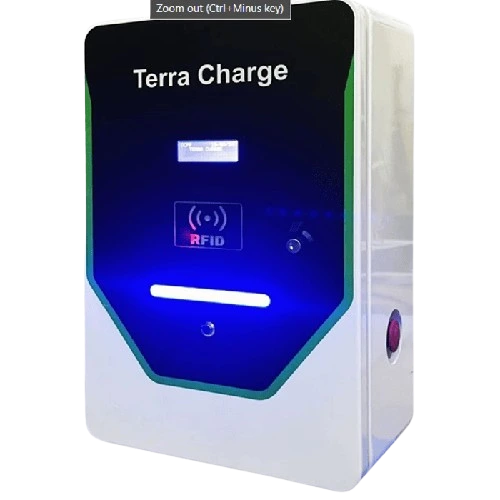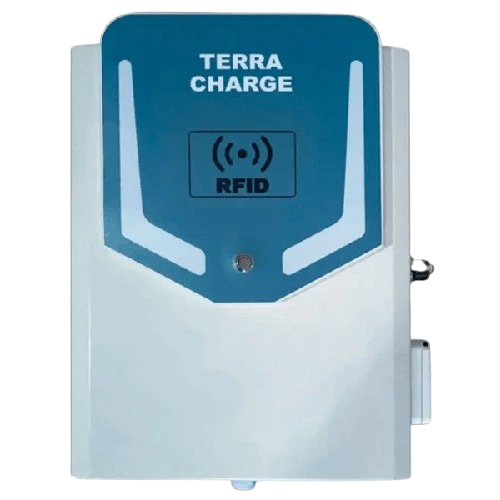Internal Combustion Engine: Working, Types & Use of ICE in EV Cars
With all the buzz surrounding electric, fuel, and hybrid vehicles, the term internal combustion engine or ICE is another word that comes into the queue. So, how exactly does this ICE technology operate in vehicles, and what role does it play in the shift towards Electric Vehicles? Internal Combustion Engines are an important part of Hybrid Vehicles, where the synergy of fuel and electricity takes centre stage. To understand the workings, advantages, and disadvantages of an internal combustion engine, we must understand what ICE is.
What is an Internal Combustion Engine?
An internal combustion engine (ICE or IC engine) is an engine where fuel burns inside the cylinder. This engine can use different fuels like gasoline, diesel, hydrogen, methane, or propane.
The engine squeezes a mix of air and fuel, usually gasoline or diesel, in the cylinder. This mix then explodes either with a spark plug or through compression. This controlled explosion creates high pressure and temperature, pushing the engine piston and making it move. This movement converts the fuel’s energy into mechanical power, moving the vehicle.
Internal combustion engines are often used in things like motorcycles, buses, trucks, and even generators. They are efficient, with thermal efficiency ranging from 35% to 45%. Some examples include petrol engines, diesel engines, two-stroke engines, four-stroke engines, and more.
How Does Internal Combustion Engine Work?
Fuel burns inside an internal combustion (IC) engine to make power. The engine changes the fuel’s heat into a turning motion. The IC engine includes a crankshaft, camshaft, piston, and a fixed cylinder.
1. Suction Stroke: The engine pulls air from the surroundings into the compression cylinder.
2. Compression Stroke: After pulling in air, the piston in the compression cylinder squeezes the air to make it hot. When the fuel mixes with this hot air, it automatically catches fire, producing power.
3. Expansion/Power Stroke: After burning, the air-fuel mix goes through an expansion valve, expanding it. This expansion pushes the piston up and down. The piston’s movement turns the crankshaft, moving the vehicle’s wheels.
4. Exhaust Stroke: In this stroke, the engine pushes out the used-up gases
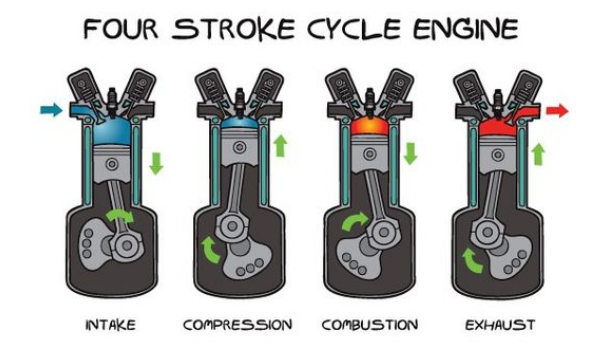
Types of Internal Combustion Engines Used in Electric Vehicles
Various types of internal combustion engines exist, but the two primary ones are Gasoline engine and Diesel Engine.
For electric or hybrid vehicles, the most common type of internal combustion engine used is the Gasoline Engine. Hybrid vehicles typically have a combination of an internal combustion engine (gasoline) and an electric motor. The electric motor works alongside the gasoline engine to improve fuel efficiency and reduce emissions. In contrast, fully electric vehicles rely solely on electric motors and do not have an internal combustion engine.
Gasoline Engine
A gasoline engine, also known as a spark-ignition engine, is a type of internal combustion engine that runs on gasoline fuel. Here’s a simple breakdown of how it works:
- Air Intake: The engine draws in air from the surroundings through an intake system.
- Fuel Injection: Gasoline is injected into the air, creating a mixture.
- Compression: The piston compresses the air-fuel mixture in the cylinder.
- Ignition: A spark plug ignites the compressed mixture, causing a controlled explosion.
- Power Stroke: The explosion pushes the piston down, turning the crankshaft and producing power.
- Exhaust Stroke: The leftover gases are expelled through an exhaust system.
Gasoline engines are commonly used in cars, motorcycles, and small vehicles. They are known for their smooth operation and quick acceleration.
Diesel Engine
A diesel engine is another type of internal combustion engine that uses diesel fuel. Here’s a simplified explanation:
- Air Intake: Similar to gasoline engines, diesel engines also draw in air.
- Compression: Unlike gasoline engines, diesel engines depend on high compression to heat the air in the cylinder.
- Fuel Injection: Diesel fuel is then injected into the hot, compressed air.
- Spontaneous Ignition: The high temperature of the compressed air causes the diesel fuel to spontaneously ignite.
- Power Stroke: The ignited fuel pushes the piston down, turning the crankshaft and generating power.
- Exhaust Stroke: The leftover gases are expelled through the exhaust system.
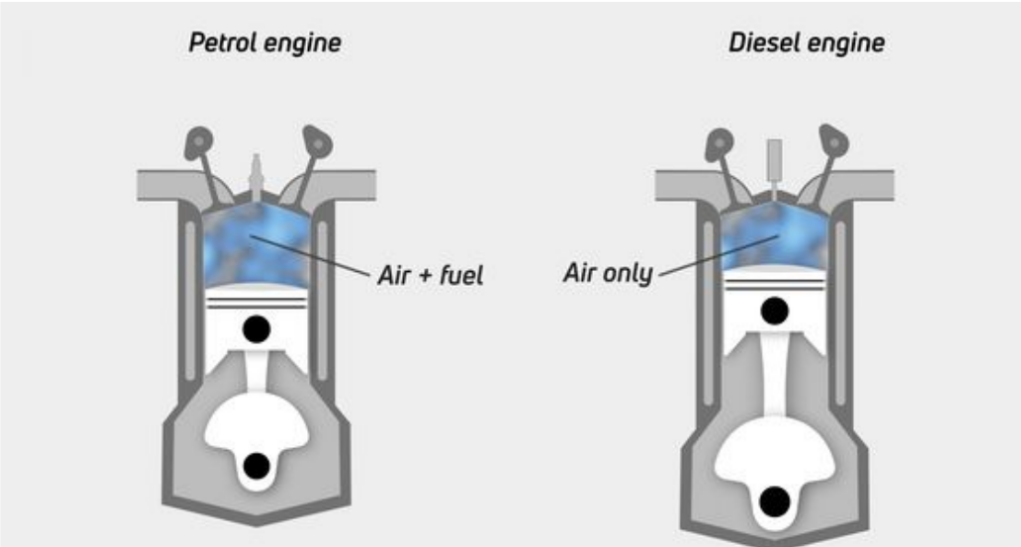
Diesel engines are often found in larger vehicles such as trucks, buses, and some cars. They are known for their fuel efficiency and high torque, making them suitable for heavy-duty applications.
Use of Internal Combustion Engine
The Internal Combustion Engine (ICE) is used in various ways:
- Cars, Buses, Trucks, and Bikes: ICEs power transportation vehicles like cars and buses.
- Aircraft: ICEs help planes by either turning propellers or driving jet turbines, creating the needed thrust and lift.
- Marine: Boats and ships use ICEs for propulsion in deep water.
- Agriculture: ICEs are in tractors and pumps used for irrigation on farms.
- Construction: ICEs are in construction machines such as excavators, cranes, and bulldozers.
- Power Generation: ICEs generate electricity connected to backup power sources and portable generators.
Despite their usefulness, ICEs have drawbacks. They emit harmful substances, like nitrogen oxides and carbon monoxide, causing air pollution and contributing to climate change. Additionally, ICEs need frequent maintenance and can be noisy and inefficient at low speeds.
Function of IC Engine in Electric Vehicles
In electric vehicles, the term ‘ICE’ refers to an Internal Combustion Engine, but in the context of EVs, it is not used for propulsion. Instead, it is used for range extender or backup power source.
Some hybrid electric vehicles and plug-in hybrid electric vehicles incorporate a small internal combustion engine alongside an electric motor and a battery. This ICE serves as a generator to recharge the battery or provide additional power when needed. Here’s a simple explanation:
- Generator Function: The ICE in these vehicles does not directly drive the wheels. Instead, it acts as a generator. When the battery’s charge is low or when more power is required (such as during acceleration), the ICE starts and generates electricity.
- Battery Charging: The generated electricity is used to charge the electric vehicle’s battery.
- Extended Range: In some cases, the ICE can provide additional range to the electric vehicle, acting as a backup when the battery is depleted.
This setup increases the efficiency and reduces reliance on the ICE, particularly for short trips where the electric motor and battery alone might be sufficient. It provides the benefits of an electric drive with the flexibility of a backup power source. However, fully electric vehicles (BEVs) do not have an internal combustion engine and they only depend on electric motors which are powered by batteries.
Difference Between Internal and External Combustion Engine
Feature | Internal Combustion Engine (ICE) | External Combustion Engine |
Combustion Location | Combustion occurs inside the engine | Combustion occurs outside the engine |
Fuel Type | Gasoline, diesel, or alternative fuels | fossil fuels (coal, wood) |
Working Principle | The fuel-air mixture ignites inside the cylinder | The heat generated externally to produce steam |
Examples | Gasoline engines, diesel engines | Steam engines, Stirling engines |
Efficiency | higher efficiency | lower efficiency |
Size and Weight | Compact and lightweight | Often larger and heavier |
Application | Common in automobiles, aircraft, marine, etc. | Historically used in steam trains, some power plants |
Response Time | quick response time | Slow response time |
Pollution Emissions | It produce pollutants like nitrogen oxides and carbon monoxide | Low emissions due to controlled combustion |
Maintenance | Generally requires regular maintenance | Maintenance can be less frequent |
Noise Levels | It can be noisy, especially at high speeds | Generally quieter operation |
Advantages of Internal Combustion Engine in EV
- Extended Range: In hybrid electric vehicles (HEVs) or plug-in hybrid electric vehicles (PHEVs), an internal combustion engine can act as a range extender, providing additional mileage when the electric battery is depleted.
- Fuel Flexibility: Internal combustion engines can run on different fuels, offering flexibility in areas where infrastructure for electric charging may be limited.
- Quick Refueling: Refueling an internal combustion engine with traditional fuels is typically faster than recharging an electric vehicle, making it convenient for some users.
Disadvantages of Internal Combustion Engine in EV
- Emissions: Internal combustion engines produce emissions, contributing to air pollution and climate change, which contradicts the goal of reducing the environmental impact of electric vehicles.
- Complexity: Integrating an internal combustion engine in an electric vehicle adds complexity to the overall system, requiring more components and maintenance.
- Reduced Efficiency: When an internal combustion engine is used to generate electricity for an electric vehicle, there’s an additional energy conversion step, leading to lower overall efficiency compared to a fully electric vehicle.
- Dependence on Fossil Fuels: If the internal combustion engine relies on traditional fuels, it maintains dependence on fossil fuels, limiting the progress towards cleaner energy sources.
Noise and Vibration: Internal combustion engines can introduce noise and vibration, which are often more pronounced compared to the quiet and smooth operation of electric motors.
Conclusion
Internal Combustion engines are used in various fields like agriculture, vehicles, marines, planes etc. While it is efficient, its environmental impact and dependence on fossil fuels are growing concerns. In Electric Vehicles, ICEs are sometimes integrated as range extenders, enhancing versatility. Yet, using internal combustion engines in EVs brings challenges and pollution that go against the clean ideals of EV technology. As the car industry moves towards sustainability, figuring out how to make internal combustion engines work in electric cars without causing problems requires continuous thought and technological progress. It’s essential for creating a balanced and good future for the environment.
Related Articles >>>
In this article: EV charging station cost. Requirements for EV charging station. EV charger cost in India. Indian Govt. EV charging station
Explore profitable EV fleet operations with 1C EV Charging. Optimize infrastructure, reduce downtime, and boost your bottom line.
Start your EV fleet business with this complete guide. Explore benefits, considerations, and steps to build a sustainable fleet.
Establishing a sustainable EV fleet requires thorough planning and consideration of factors like cost, range, infrastructure, savings, and timing.
Electric vehicles are a great choice for travelling in the city. They are cost-effective, easy to operate, and good for the environment
One of the most crucial growth engines for electric vehicles is fast charging at an affordable price. India’s fast-charging infrastructure growth is
EV is cost effective than fuel vehicle. Know the cost benefits and different methods of charging an EV at home and public spots in India 2024. Call us for Ev charging solutions.
Introduction: The world is undergoing a clean energy transition, with countries actively adopting renewable energy sources like solar and wind power. This


